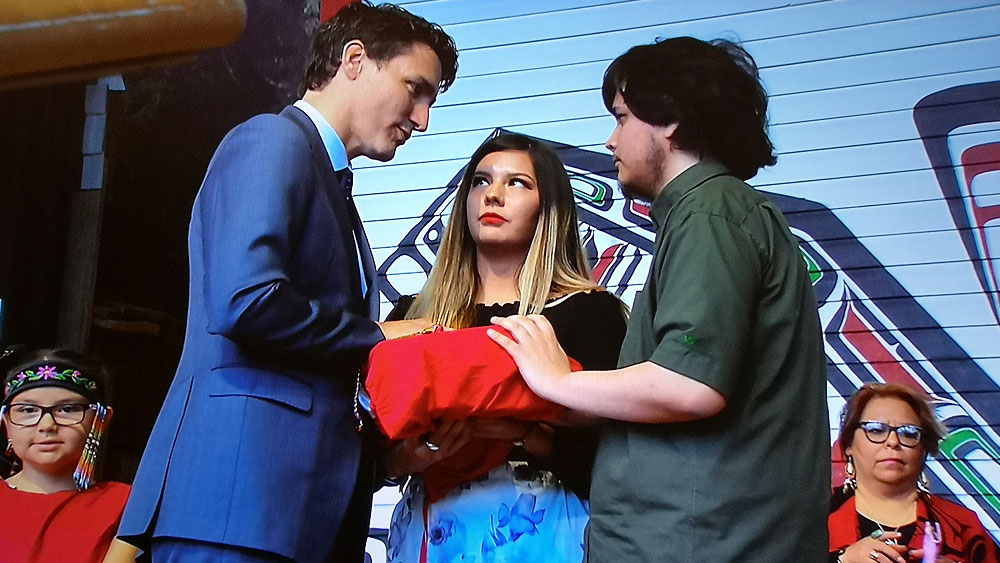
The families and advocates of missing and murdered Indigenous women and girls (MMIWG) are still waiting for a national action plan to implement recommendations from a national inquiry that ended two years ago.
“Immediate action is needed,” said Hilda Anderson-Pyrz, program manager for the MMIWG liaison unit run by Manitoba Keewatinowi Okimakanak.
“A plan is needed on those 231 Calls to Justice. They are legal imperatives.”
This week, the Manitoba government earmarked $815,000 for programming in the areas of victim services, family violence and MMIWG.
“Budget 2021 announced an investment of less than a million dollars to increase supports for family violence prevention initiatives and for families of missing and murdered Indigenous women and girls, ensuring they remain a low priority,” the Southern Chiefs’ Organization (SCO) said in a statement.
“Meanwhile, SCO continues to wait for a plan to address the Calls for Justice of the National Inquiry into Missing and Murdered Indigenous Women and Girls, noting it is almost two years since the release of the National Inquiry’s final report.”
Ottawa, which funded the inquiry during its 2.5-year run, said it continues to work on “the federal chapter” of the National Action Plan. In 2020, it blamed the pandemic for delaying a response to the inquiry.
“As indicated in the Final Report of the National Inquiry, all governments – federal, provincial, territorial, municipal and Indigenous – were called to address the issues highlighted in the Calls for Justice,” said a statement from the office of the Minister of Crown-Indigenous Relations, Carolyn Bennett.
“The completed National Action Plan will include contributions from all levels of government across the country.”
Only the Yukon has delivered its plan, which came out in December 2020.
Nationally, the statement from Bennett said a working group is in place involving more than 100 Indigenous women across Canada.
“The resulting distinctions-based National Action Plan will be rooted in, and will address the unique needs, experiences, and cultural contexts of, Indigenous peoples and communities,” the statement added.
“The Plan must be a concrete and accountable document that can be measured against and adjusted, if it is to meet the needs of the survivors, families and loved ones and to honour the spirits and memories of those lost, and to protect future generations.”
Anderson-Pyrz said any plan needs to reach the most vulnerable affected by ongoing violence against Indigenous girls, women and LGBTQ2.
“As an impacted family member and service provider, I feel that whatever strategies or responses are developed, the impact has to be felt on the ground,” she said in an interview.
The body of Dawn Anderson, Anderson-Pyrz’s sister, was discovered in the snow near her home in the northern Manitoba community of Leaf Rapids on Nov. 18, 2011.
The family believes someone killed her because of the bruises they saw all over her body and feel police didn’t investigate properly. The official cause of death was intoxication.
In 2014 the RCMP released a report from data collected by police forces across the country that put the number of missing or murdered Indigenous women and girls at 1,200 going back to 1980. But advocates say that figure is much higher – possibly close to 5,000.
The national inquiry was unable to determine the exact total.









